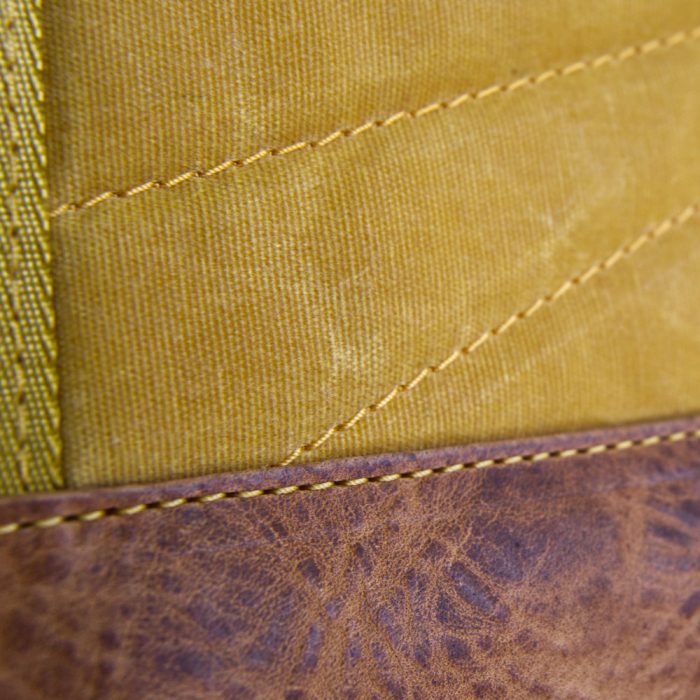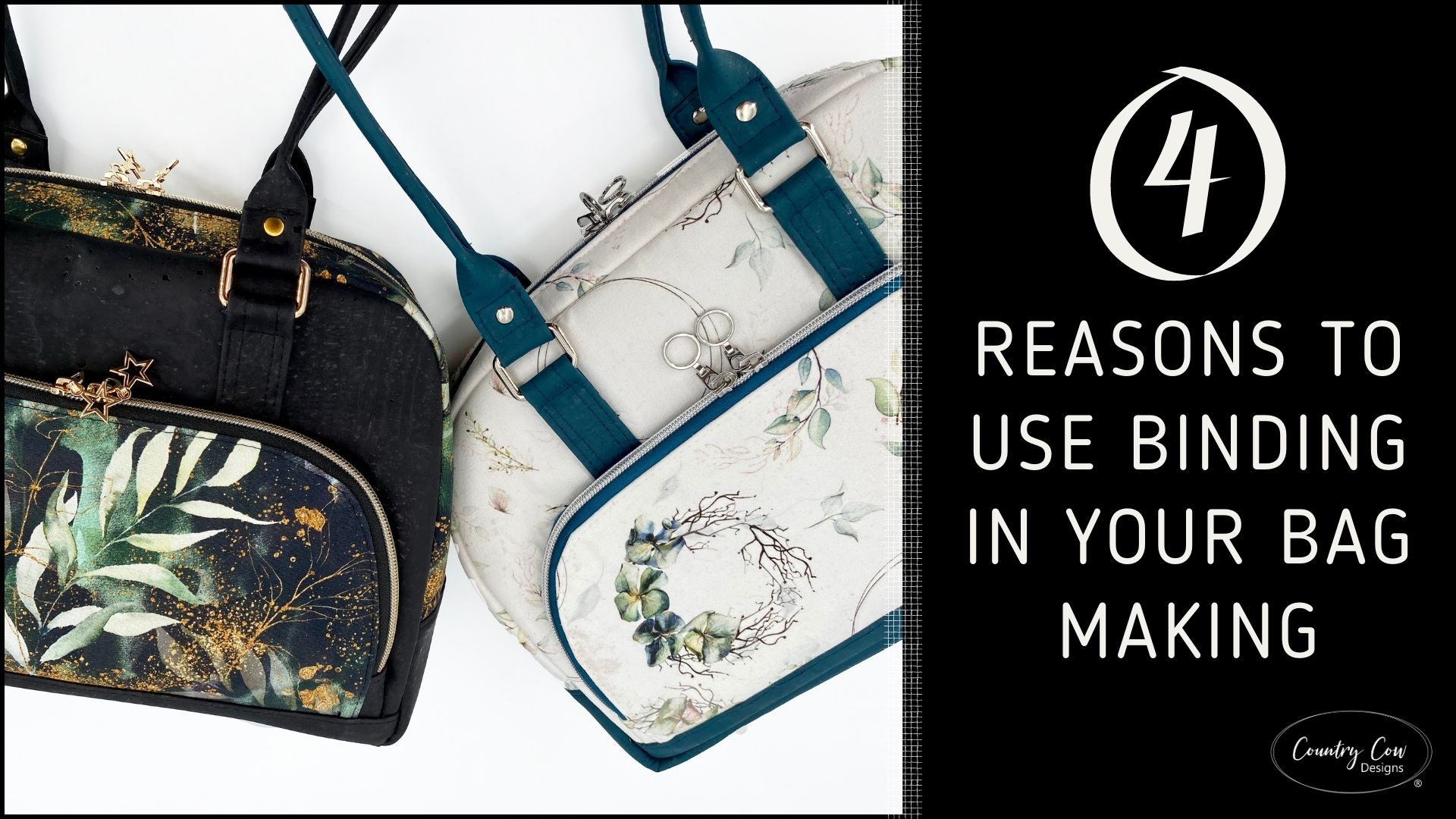
The world of sewing threads is a confusing one. What’s the difference between Tex, Ticket Size and Numbers for thread sizing? In this blog post I’ll discuss some of the differences and how to convert from Tex to Ticket Size. As I primarily use an industrial sewing machine, this article discusses thread sizes most commonly used with industrial sewing machines.
Recently I wanted to challenge myself to using Tex 135 which is a very heavy and thick thread. My industrial sewing machine, the Sailrite Fabricator, can work with this, but my first obstacle was buying the thread. In the UK we have a limited number of places where we can buy thread of this size and each shop or brand uses different measurements or standards to identify the weight or thickness of the thread. I was left feeling confused….
Is Tex the Best?
Jo and I use the “Tex” measurement to select our thread. For example, Jo likes to use Tex 40 on her Janmoe HD9, especially for top stitching. On my Fabricator my go-to size is Tex 70 which is thicker. I occasionally use Tex 90 as well, especially when sewing leather as I feel a thicker thread looks better when using heavier materials. Tex is the most consistent of the measuring methods. It uses a fixed length to measure the weight of a thread. Tex is the weight (in grams) of 1,000 meters of thread. Or, in other words, 1,000 meters of thread that weighs 1 gram. = 1 Tex. The higher the tex, the thicker the thread.
It also means that depending on the material the thread is made from, such as nylon, cotton or polyester, the thickness will vary slightly as it’s based on weight. So, for example, a Tex 40 polyester thread will not be as thick as you’d expect when compared with a Tex 45 bonded nylon thread.
Other Standards of Thread Measurement
There are plenty of other thread sizing systems, including but not limited to:
- “Denier Count” which is the weight (in grams) of 9,000 meters (or 9 km) of thread. This is often used when describing nylon threads
- “Commercial” sizes. This system is often used for heavier threads to sew heavy materials. Thankfully the sizing is very similar to Tex. For example, Tex 45 is a size 46
- “Ticket Number” which I’ll discuss in more detail below
How to Convert Tex to Ticket Number
I come across “ticket numbers” fairly often in the UK. For example, I buy some threads from Konsew and they use this measurement. This standard is a commercial numbering system. In contrast to Tex or other systems, the lower the number, the thicker the thread. If you know the “Tex” size thread that you want, there’s an easy way to convert it to “ticket size”. To calculate the “ticket size” use the following calculation:
(1000 / Tex) x 3
As I said earlier, I was looking for Tex 135 so this gives the following calculation:
(1000 / 135) x 3 = 22


This led me to buy a bonded nylon thread with the ticket size 20.
As expected, this thread is very thick, and I’ll need more practise using it, but it looks great on leather and my Sailrite Fabricator handled it fine with the tension adjusted and the correct needle size. For tips on using the correct needle see our earlier blog post.
So, what’s the difference between Tex, Ticket Size and Numbers for thread sizing? Turns out quite a lot! There is so much information that can be discussed on this subject but I wanted to keep this post short and sweet. Below are a few links to blogs and articles with further information that I found useful. Have you come across the same problem deciphering the correct thread size? What system do you prefer and how do you get around all the variations when buying your thread? Let us know in the comments.
More Information – Useful Links
https://www.coats.com/en/information-hub/thread-numbering
https://www.sailrite.com/Selecting-the-Right-Thread-Size
Join our mailing list for more updates and links to our blog posts.




thank you for a very useful information. bless
Wow, I don’t usually give the thread a second thought. I go to my local fabric store and buy the thread that matches, usually a standard polyester one. As I am trying new fabrics like cork, waxed canvas and heavier cotton canvases, you have given me something to think about. Thank you for the information.
Hi Adam, I’d love to try some Tex 40-70 but, I have no clue where to start looking. I have a JACK A2 and she handles Coates Moon threads beautifully. However, I know she could deal with a heavier thread for vinyls etc. Could you give me some idea where I could buy some Tex or similar hread on line in the UK. Thanks so much, Clare
Hi Clare. For Tex 40 thread we go to LittleStitcherSews.co.uk. She has a great variety of colours. For Tex 70 and larger, you can get a great variety from eBay or Konsew.co.uk. Hope that helps!